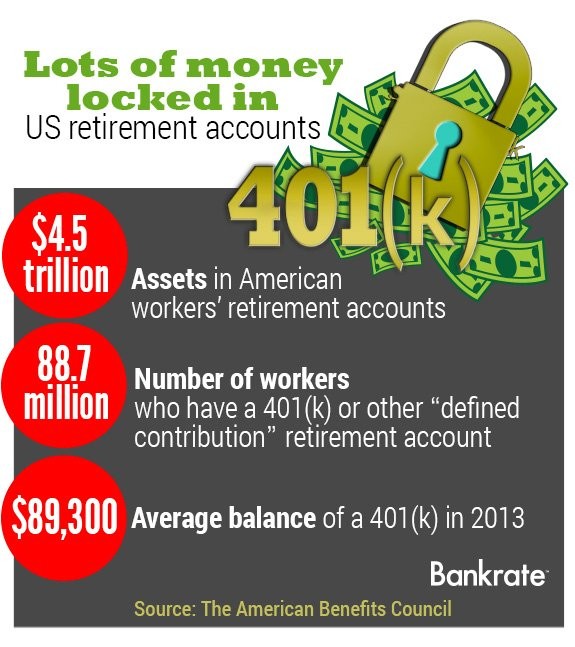Should Retirees Move Everything to FixedIncome US News
Post on: 15 Июнь, 2015 No Comment

Here’s how to appropriately shift to more conservative investments in retirement.
Many people think that once they reach retirement, they are set. Retirement triggers the idea of switching everything to fixed-income investments. This is understandable because most retirees want the security that comes with fixed-income. Bonds and money market investments seem like the safest options when it comes to protecting a retirement account from market drops. These investments are considered “safer,” and less likely to result in capital losses.
However, automatically moving all your money to more conservative investments may not be the best option if you want your money to last. While shifting some of your money into less risky income investments can be a good move at retirement, you do want to make sure that you have some growth in your portfolio as well. Otherwise, you might find that you aren’t earning enough to make your money last.
Can less risky investments provide you with enough money? One of the problems with many fixed-income products is that the interest earned may not be enough to keep up with inflation. Less risky investments and products usually have lower interest yields, especially now that interest rates are low. This means that you might not get the growth you need to continue withdrawing money at the pace you want.
The 4 percent withdrawal rule for retirees has been effective for a long time. But with people living longer, and with markets behaving unpredictably, that rule may not provide you with the ability to enjoy an indefinite money supply. Additionally, if your retirement expenses increase and inflation erodes the value of your savings, your less risky investment options may be insufficient.
Keep some growth in your retirement portfolio. You don’t have to move everything to less risky investments when you retire. In some cases, it is smart to keep some of your portfolio in growth-type investments. While shifting some of your money to less risky products can be a good way to protect your portfolio from volatility, this doesn’t mean that you should completely shun growth opportunities.
Retaining a portion of your retirement portfolio in growth investments can be a wise idea. By including some stock market exposure in your retirement portfolio you will have the chance to keep your money growing and boost your chances of having enough money to meet unexpected financial challenges during retirement .

This doesn’t mean that you have to invest in a lot of very risky opportunities. You can carefully choose the investments you want to include in your portfolio. If you include stocks, you can research solid dividend stocks that provide a little income while also offering the potential for capital appreciation. Maintaining growth in your portfolio doesn’t mean that you take reckless risks.
As you consider your retirement portfolio, recognize the new realities of retirement. Ensure that your money will last throughout your retirement, including expensive surprises like a health catastrophe, by including a mix of income and growth investments. You want the safety that is supposed to come with income investments, but you also want to make sure that your money is still working on your behalf. Your retirement could last for decades, so don’t forget to continue to include growth investments in your post-retirement portfolio.
Jeff Rose is a certified financial planner and U.S. combat veteran. He blogs at Good Financial Cents and Soldier of Finance .














